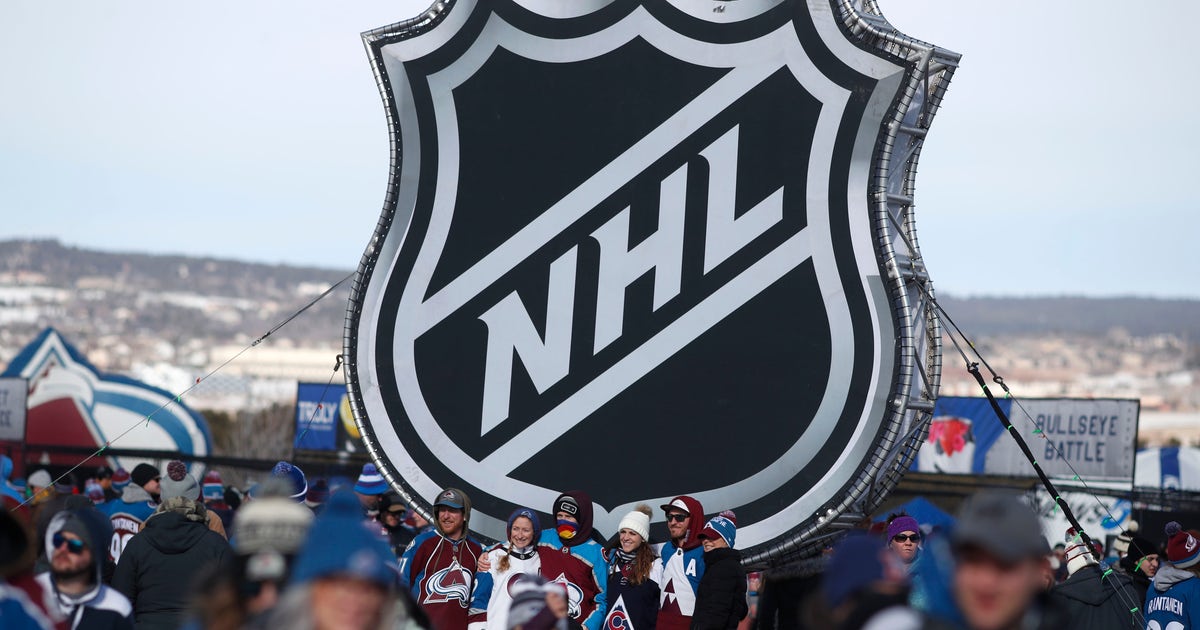Puck woes: NHL’s bottom line facing short-term blow


With so much uncertainty, Larry Quinn can’t predict just how severe the NHL’s financial losses might be due to the coronavirus pandemic.
That doesn’t stop the former Buffalo Sabres managing partner from providing a bleak assessment, at least for the short term.
“They’ve got big challenges ahead,” Quinn said. “And the problem is that you don’t know the answers to the questions you have to ask.”
The questions are many at a time the NHL hopes to go ahead with a 24-team expanded playoff format in a bid to conclude the season with no clear timetable of when to open the next one. It could be as late as January, though Commissioner Gary Bettman has said it would be a full 82 games.
Many NHL issues are similar to those facing North America’s other major professional leagues, such as when fans will be allowed to attend games. Others are more distinct to hockey, such as the effect the drop of the Canadian dollar will have on a league with seven of its 31 teams based north of the border.
The NHL was a $2.3 billion business with a $39 million salary cap coming out of the lockout that wiped out the 2004-05 season. It broke the $5 billion mark in 2018-19, with an $81.5 million cap this past season.
Quinn said the NHL’s bottom line could be sheared in half in the short term, effectively erasing the gains made since owners and players reached a revenue-sharing agreement following the lockout. The anticipated drop in revenue has already caused a large ripple through the league.
At least 10 teams have laid off employees or announced indefinite furloughs, with many executives taking pay cuts. Just this week, the Sabres made a drastic series of cost-cutting moves by firing general manager Jason Botterill and his assistants, 12 of 21 scouts and their entire minor league coaching staff. Owner Terry Pegula specifically cited uncertain times raised by the pandemic, and a desire to become a “leaner” and “more efficient” operation.
Players are bracing for lost salaries by continuing to defer whether to receive their final paychecks. They are also in jeopardy of losing the portion of pay put aside in an escrow account, which rolls over to the owners should revenue fall short of projections; players have lost upward of 10% of their pay to escrow over the past seven-plus seasons and it is a major issue in upcoming labor talks.
Former NHL executive-turned-broadcaster Brian Burke said the pain will be felt by teams and players alike.
“I said seven weeks ago, if we lost this season and part of next season, I could foresee a $40 million salary cap,” he added. “I don’t think it’s going to get to that point. And I know one option that’s being discussed is deferral of some of these wages they’re paid and see what happens, and when the revenue bounces back they can get paid.”
Bettman recently said gate receipts, while significant, don’t make up a majority of league revenue. But gate revenue is key to the NHL because it lags behind its counterparts in television dollars.
The NHL has a 10-year, $2 billion deal with NBC, that expires after next season. It has a 12-year deal with Canada’s Rogers TV that began in 2014-15, and is worth $5.2 billion Canadian. In comparison, the NFL makes more than $5 billion annually from broadcasting rights agreements.
The Canadian dollar plays a major role in league finances, with player salaries paid in U.S currency. That wasn’t an issue in 2007, when the Canadian dollar briefly jumped above par, which was reflected in the NHL’s salary cap making its largest two-year gain, going from $44 million in 2006-07 to $56.7 million in 2008-09.
That’s not the case today, with the Canadian dollar at the 75-cent range. Teams north of the border project losing $400,000 each time the Canadian dollar drops a penny, putting a strain on their ability to compete for or retain high-priced talent.
The uncertainty has led to all general managers unable to assess their rosters and payrolls beyond this season.
“What happens to the cap? Does the cap go down because revenues are going to decrease? Do they artificially keep it where it’s at?” Washington Capitals GM Brian MacLellan said. “Those are just open-ended questions, and we discuss them, but we don’t come up with any answers.”
Issues arising from the pandemic have slowed negotiations on a new collective bargaining agreement, with the current deal expiring in September 2022.
“What’s the revenue going to be next year? If you tell me that, the bargaining’s pretty easy,” NHLPA executive director Don Fehr said. “If you don’t know that, it becomes a little more complicated.”
Questions remain even if fans are allowed to attend games next season. There are concerns fans won’t return at the same numbers if there is no vaccine available. Others worry fans won’t have the same disposable income for luxuries like games.
“(Sports is) the first casualty of economic hard times,” Burke said. “So you’ve got smaller crowds or no crowds. … You’ve got no suite revenue. So it’s very corrosive.”
Attorney Irwin Kishner, who has represented numerous teams and leagues, said the NHL must consider out-of-the-box promotional ideas to generate revenue. Tarps on empty seats carrying sponsor logos. Sponsorships on jerseys. Maybe reviving the World Cup of Hockey tournament, which was last held in 2016 and generated an estimated $40 million.
“This too shall pass. The question is, how do you develop these alternative revenue streams?” Kishner said.
Burke expressed confidence in the NHL enjoying a quick turnaround.
“We’ll get through it. I think if anything, this pandemic has demonstrated is how much people love the game and how much they miss the game,” Burke said. “The next 18 months are going to be hard. But I think we’ll be just fine after that.”








